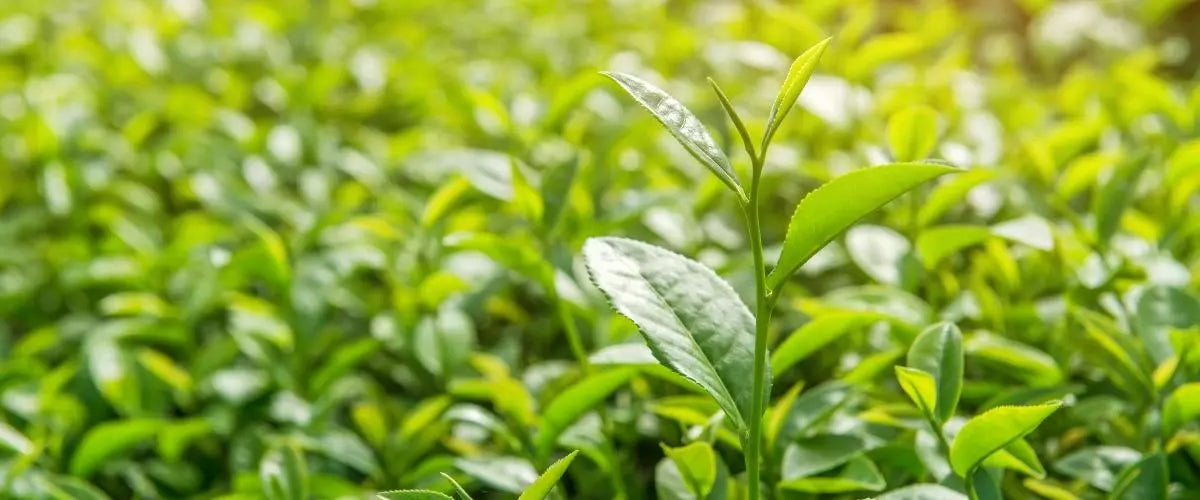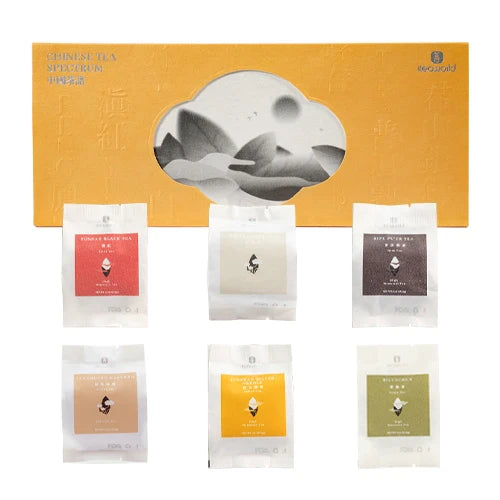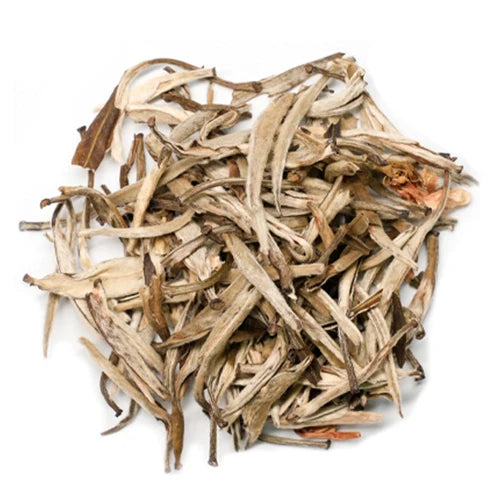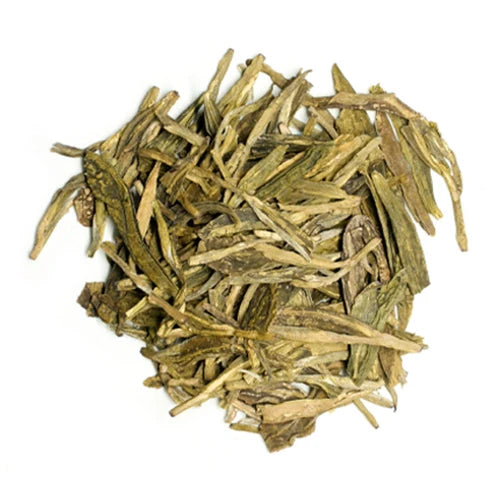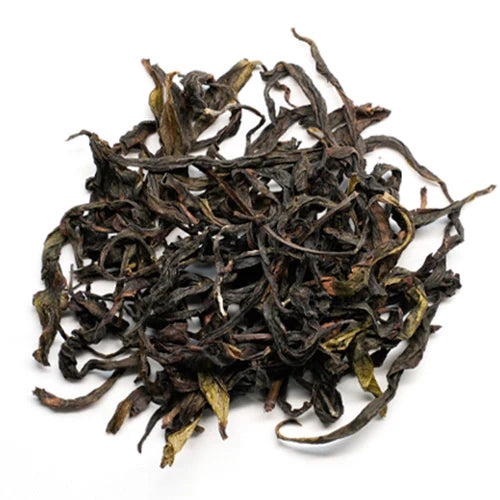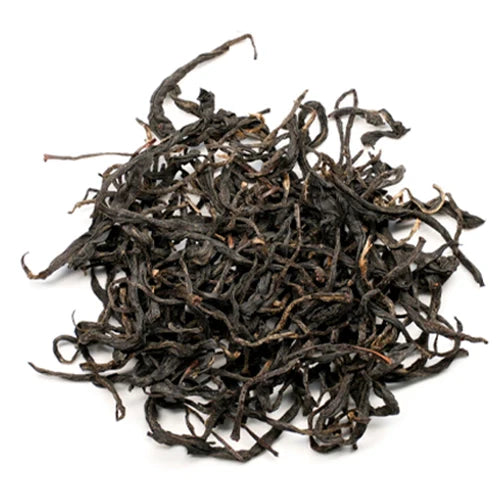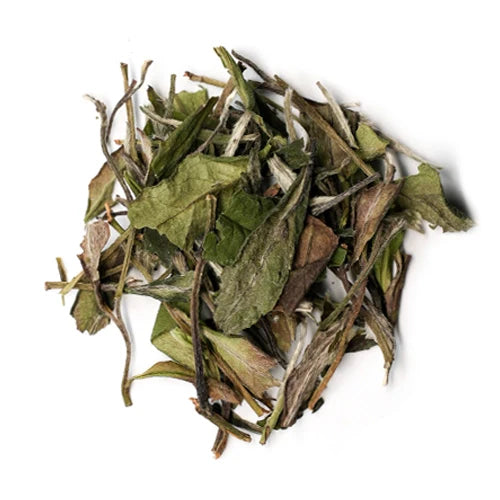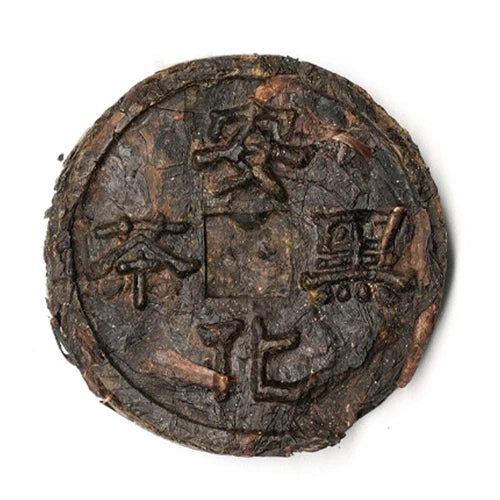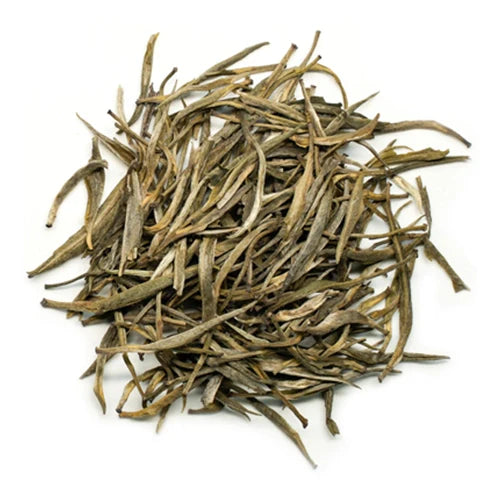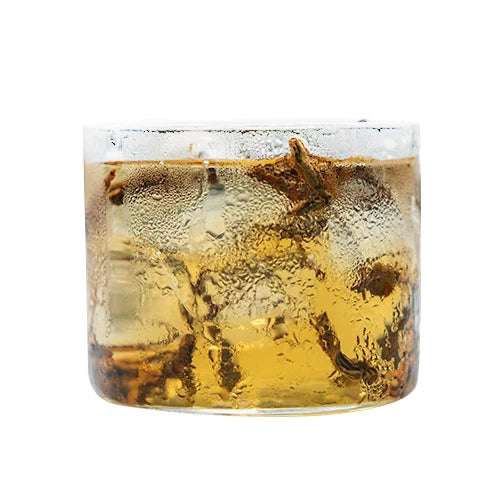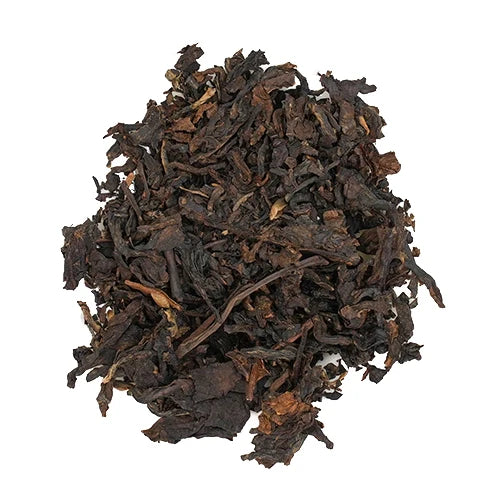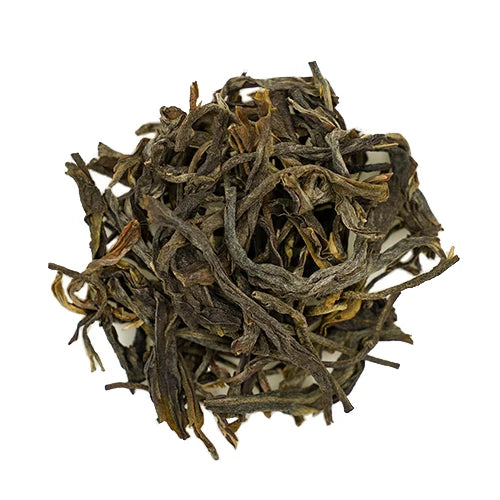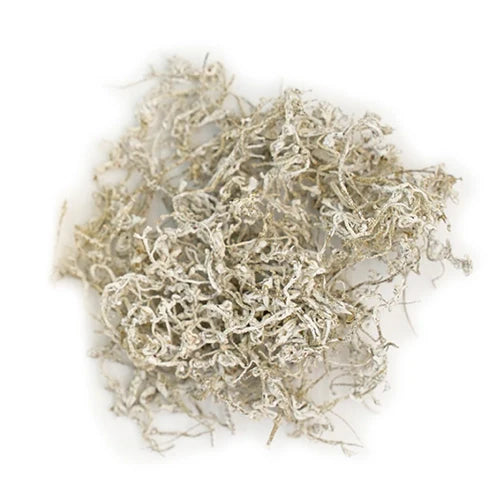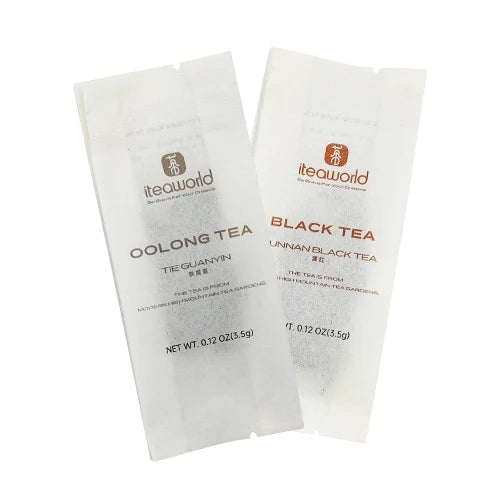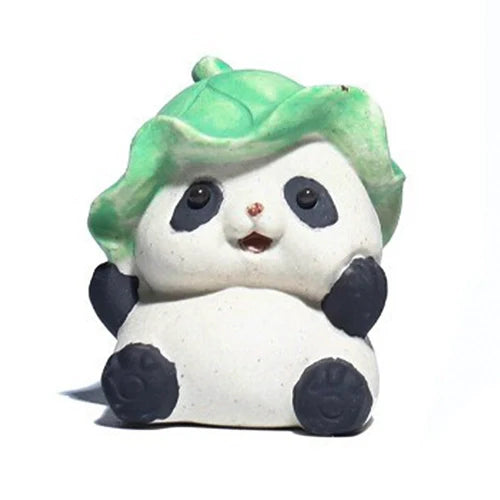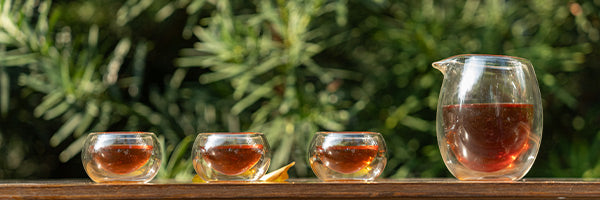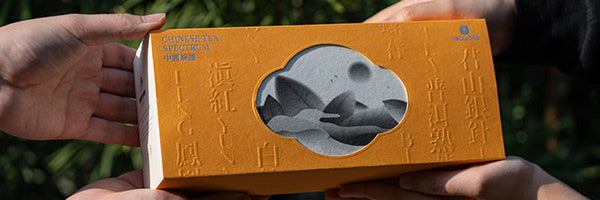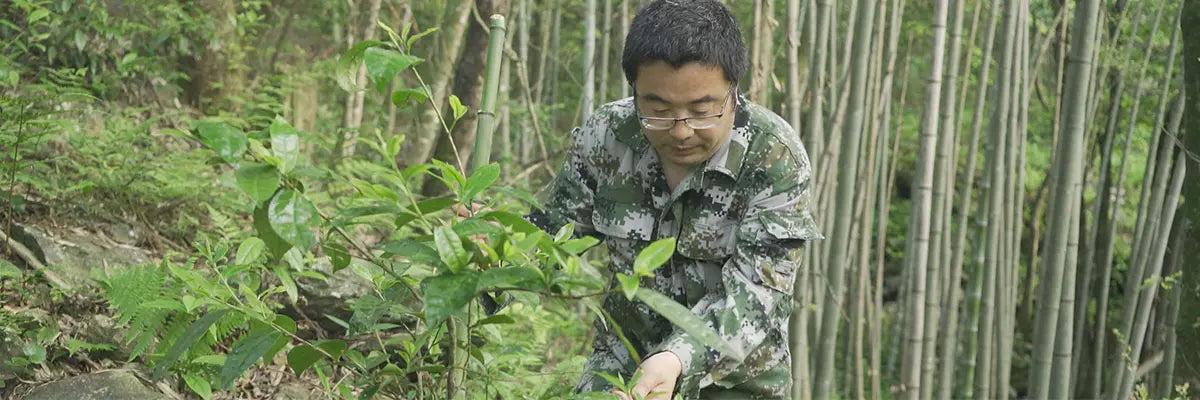Jasmine tea loose leaf has won the hearts of tea lovers around the world for its rich and refreshing floral fragrance. But here’s the catch: making authentic jasmine tea the traditional way takes a lot of fresh blossoms and a long, complex process. Some tea sellers, trying to cut costs, skip the hard work and simply add artificial jasmine flavoring to achieve a strong scent.
So how can you tell if your jasmine tea is truly scented with real blossoms or just mixed with flavoring? Let’s go through a few simple but practical ways to spot the difference.

1. Jasmine Aroma
Traditionally scented jasmine tea:
When tea leaves are layered and blended multiple times with freshly picked jasmine blossoms, they naturally absorb the floral fragrance. The result is a tea that feels like it belongs with the flowers: the tea brings out the blossom’s aroma, while the blossoms enhance the tea’s taste.
The dry leaves smell fresh, clean, and elegant—never overpowering. Once brewed, the fragrance blends seamlessly with the tea, lingering gently through multiple infusions. Even after 4 or 5 brews, you can still catch a soft trace of jasmine.
Artificially flavored tea:
The dry leaves often smell sharp, almost like perfume or candy—strong but flat, without depth. Smelling it for too long can even make your nose uncomfortable, or in some cases, dizzy.
When brewed, the fragrance hits you in a “burst,” but it quickly fades. By the second infusion, most of the aroma is gone. The tea might smell strong but taste weak, leaving the fragrance and flavor oddly disconnected.

2. Brewing Performance
Traditionally scented jasmine tea:
The fragrance naturally melts into the water. The tea tastes clean, smooth, and refreshing, with the jasmine adding to the overall balance. After drinking, a gentle floral aftertaste lingers in the mouth. These teas are also long-lasting—you can steep them several times and still enjoy their aroma.
Artificially flavored tea:
You might notice an oily film floating on the tea’s surface. The liquid often tastes thin or flat, with fragrance and flavor completely out of sync. Some cups may even have a sticky or unpleasant aftertaste. These teas usually don’t hold up well—you’ll lose most of the scent after just a couple of infusions. The spent leaves feel stiff or greasy, sometimes with a sour smell.

3. Dry Leaf Appearance
Traditionally scented jasmine tea:
The leaves usually look natural in color. After multiple scenting sessions, they may appear slightly darker, and the fine downy hairs (tea fuzz) are less noticeable. Typically, you won’t see too many dried jasmine blossoms mixed in—except in some Sichuan jasmine teas. When there are blossoms, they’re often yellowish-brown, turning pale white after brewing.
If you rub the dry leaves between tissue paper, you might get a little tea dust, but never oily stains or artificial coloring—only a faint, natural tea fragrance.
Artificially flavored tea:
The leaves can appear unnaturally bright or dull. Sometimes they even have a strange glossy shine. If dried jasmine blossoms are added, they might look unnaturally white, and in hot water, they collapse quickly.
When you rub these leaves on tissue paper, you may notice oily marks or artificial coloring, with an overwhelming smell that refuses to fade. Fruit-flavored jasmine teas in particular might even stain the paper with added dyes.
 4. Price and Quality
4. Price and Quality
The rule of thumb with jasmine tea is simple: the more times it has been scented, the higher the quality and price. For example, “Nine-times scented” jasmine green tea is famous for its extraordinary aroma and refined taste.
Artificially flavored teas, on the other hand, tend to be cheaper, often made with low-grade tea leaves. Drinking them in long-term consumption isn’t good for health.
Why Choose iTeaworld Jasmine Tea
If you’re thinking about buying jasmine tea, choosing a trustworthy source makes all the difference. At iTeaworld, we take pride in offering only traditionally scented jasmine teas, made with the freshest blossoms from Hengxian—the “Jasmine Capital of the World.” Our teas are carefully scented with premium tea bases, ensuring the best balance of fragrance and flavor, while keeping prices fair.
Our Recommendations
1. Triple-Scented Jasmine Green Tea (Jasmine Pearl Tea)
Perfect for beginners and daily drinkers, this tea uses tender one-bud-two-leaf green tea from Lingyun, Guangxi. It has low bitterness, a smooth mouthfeel, and a lingering sweetness. Fresh jasmine buds are picked in the morning and scented with the tea at night. After three rounds of scenting, the aroma is rich yet never overpowering, making it a delightful everyday choice.
2. Jasmine Tea Collection
Not sure which jasmine tea to start with? This set gives you six carefully selected teas with different bases: modern classics like Jasmine Dragon Pearls, Silver Needle, and Piaoxue, alongside traditional bases such as white tea, green tea, Tieguanyin, Liu Bao, and black tea. Each one offers its own personality and flavor experience.
Click the image or text link to learn more about Jasmine Tea Collection >>





